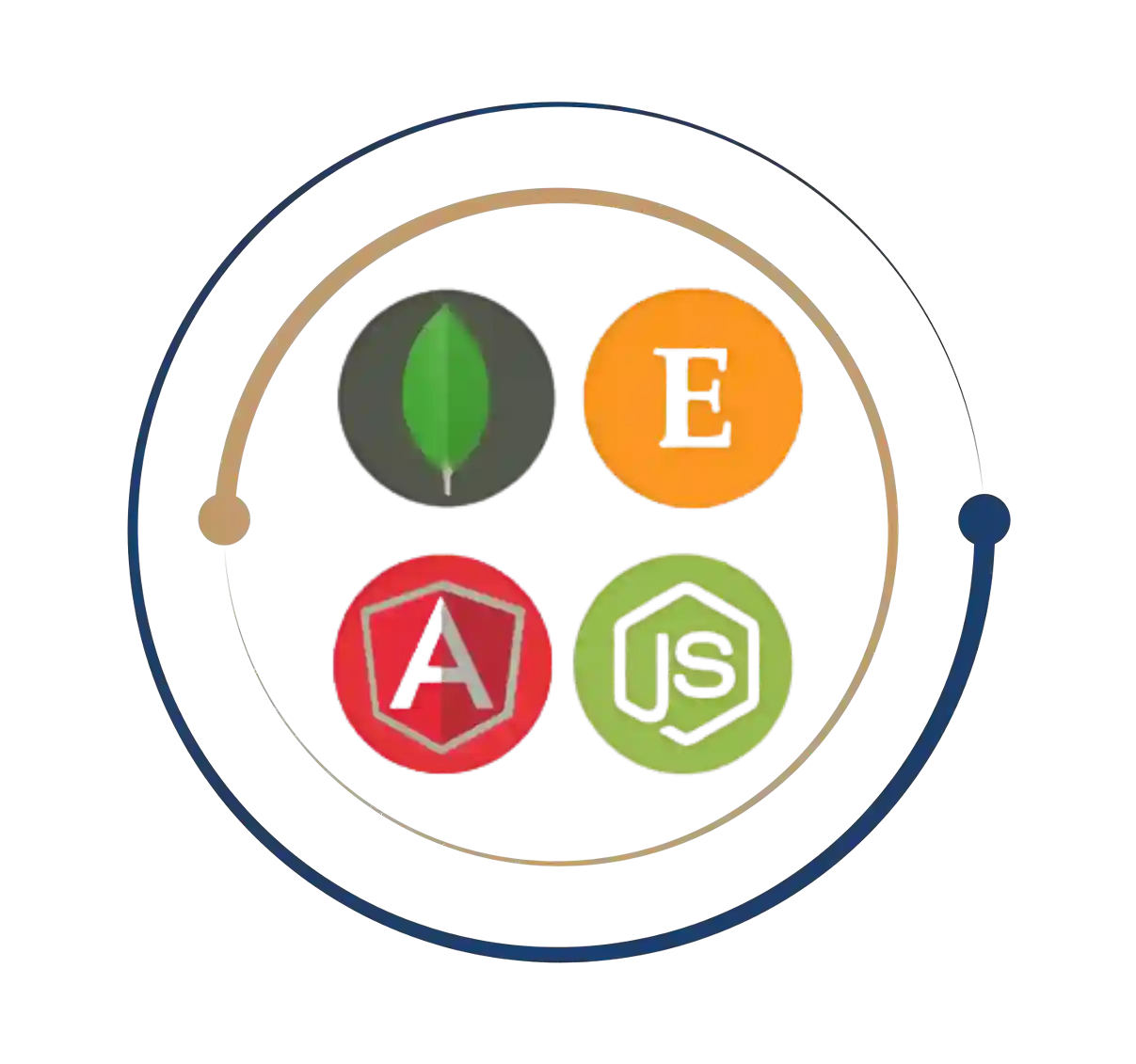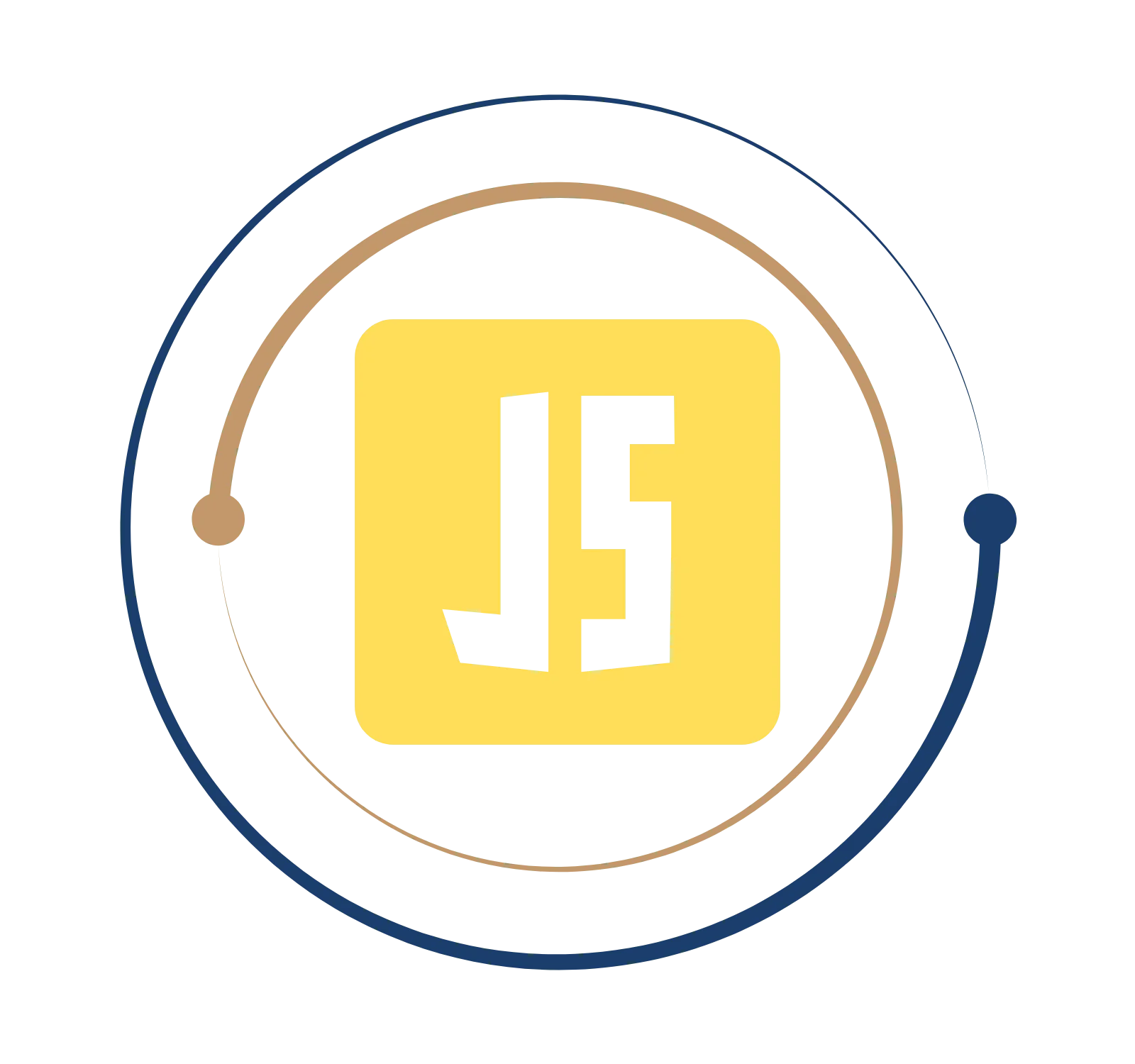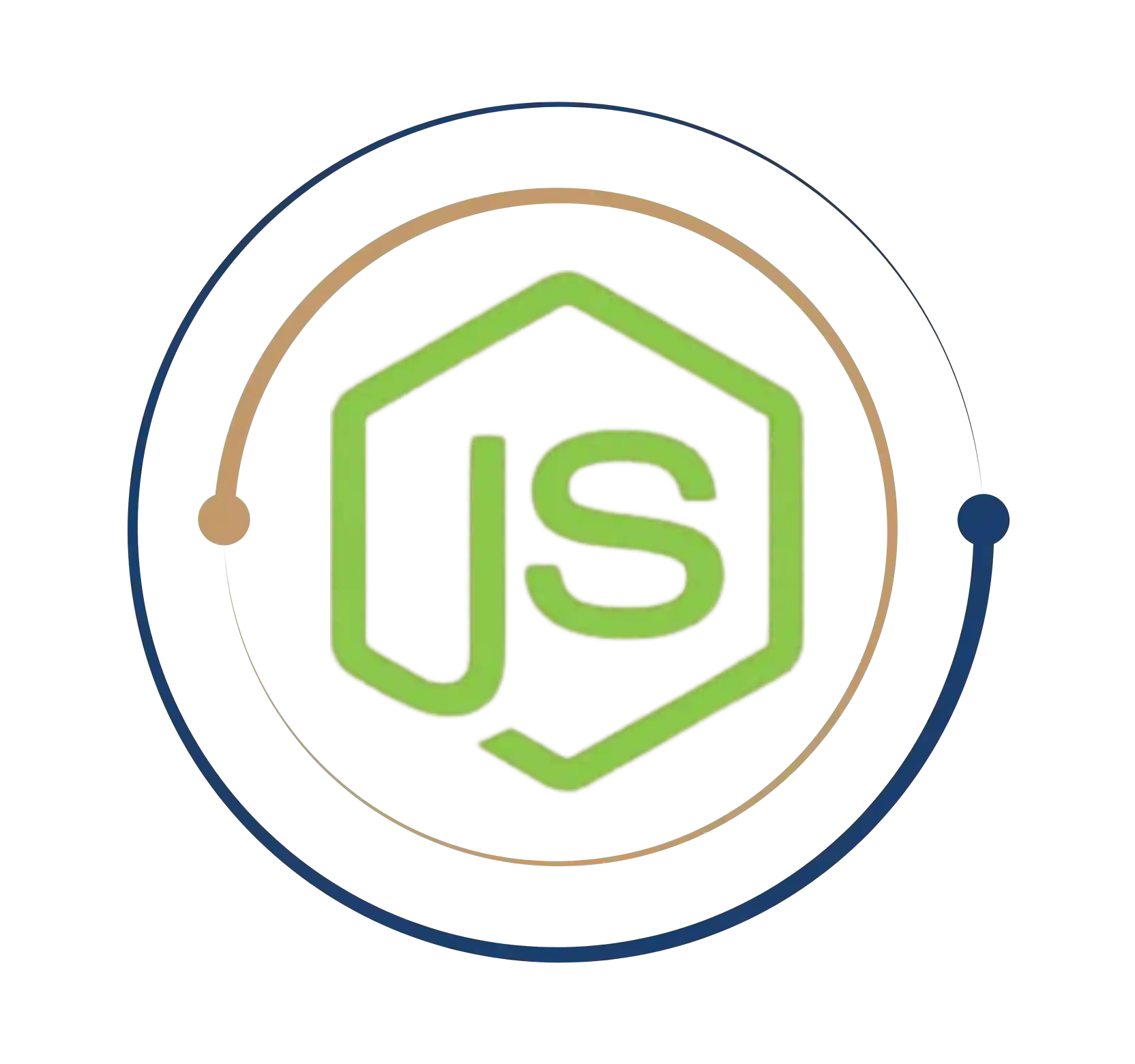Master modern web development with our Angular JS training.
AngularJS Training in Chennai
Are you looking for the most proper place to learn how to create great Web applications? Then enroll in BITA Academy’s AngularJS Training in Chennai to gain the skills needed to develop Frontend Web Applications under the guidance of Professionals. Our module is built on Angular 10 and the current IT market trends, and our mentor will make your expertise in developing Web and Mobile applications.
AngularJS is a Google-powered open-source framework that is one of the most widely used frameworks for web development. It was first released in 2010 with JavaScript as the coding language, and typeScript, a superset of JavaScript, was used by Google to recast this framework. You should be aware that AngularJS was not designed with mobile in mind.
Angular is a JavaScript framework that allows you to create client-side apps using HTML, CSS, and a programming language like JavaScript. It adds elements like if conditions, loops, and local variables to our HTML. Angular offers a robust data binding system, and we can quickly display fields from our data model, track changes, and handle user updates.
AngularJS Training in Chennai
Are you looking for the most proper place to learn how to create great Web applications? Then enroll in BITA Academy’s AngularJS Training in Chennai to gain the skills needed to develop Frontend Web Applications under the guidance of Professionals. Our module is built on Angular 10 and the current IT market trends, and our mentor will make your expertise in developing Web and Mobile applications.
What is Angular JS?
AngularJS is a Google-powered open-source framework that is one of the most widely used frameworks for web development. It was first released in 2010 with JavaScript as the coding language, and typeScript, a superset of JavaScript, was used by Google to recast this framework. You should be aware that AngularJS was not designed with mobile in mind.
Angular is a JavaScript framework that allows you to create client-side apps using HTML, CSS, and a programming language like JavaScript. It adds elements like if conditions, loops, and local variables to our HTML. Angular offers a robust data binding system, and we can quickly display fields from our data model, track changes, and handle user updates.
Advantages of Angular 10
- A CommonJS dependency in your project can slow down the loading of your app and cause sluggish functioning. However, with Angular 10, developers are receiving warnings about using CommonJS dependencies.
- The project setup is more stringent when using ng new to create a new workspace in Angular 10. After accepting this flag, a new project is completed with several new options that improve maintainability, allow the CLI to conduct advanced optimizations on the app, and aid in issue detection. Allowing this flag allows for side-effect-free app configuration, resulting in better-developed tree-shaking.
- The all-new date range selector is included in Angular 10. You can use items from both the mat date range selector and the mat date range input to use it.
- By reducing the size of the entry point, you can witness an increase in performance. Furthermore, dependency hiding is implemented within the entrance point exhibit and read from there rather than computed each time.
- The configuration of the async locking timeout is still possible, which might include help in the ngcc.config.js file and altering the retry delays and retry attempts in the AsyncLocker. An examination has been combined for timeout monitoring, with the ngcc.config.js file being used to reduce the timeout and prevent the test from being used to its full potential.
- In the most recent Angular 10, a compiler interface was added to cover the real ngtsc compiler. Name spans for method calls and property read added to Angular 10. The metadata has also been updated to include ng-content selectors, dependency info, and the Angular language service.
- Typescript 3.9 is included in Angular 10. Typescript is based on JavaScript and has syntax for annotations and type declarations that are used by the Typescript compiler to type-check developers’ code. As a result, legible JavaScript that runs on several runtimes is produced.
- Many bug corrections have been performed in Angular 10, including eliminating untreated samples of the area in the compiler and migration errors when the term does not exist. Angular 10 now includes a remedy for the Terser Inlining Bug.
AngularJS is a Google-powered open-source framework that is one of the most widely used frameworks for web development. It was first released in 2010 with JavaScript as the coding language, and typeScript, a superset of JavaScript, was used by Google to recast this framework. You should be aware that AngularJS was not designed with mobile in mind.
Angular is a JavaScript framework that allows you to create client-side apps using HTML, CSS, and a programming language like JavaScript. It adds elements like if conditions, loops, and local variables to our HTML. Angular offers a robust data binding system, and we can quickly display fields from our data model, track changes, and handle user updates.
- A CommonJS dependency in your project can slow down the loading of your app and cause sluggish functioning. However, with Angular 10, developers are receiving warnings about using CommonJS dependencies.
- The project setup is more stringent when using ng new to create a new workspace in Angular 10. After accepting this flag, a new project is completed with several new options that improve maintainability, allow the CLI to conduct advanced optimizations on the app, and aid in issue detection. Allowing this flag allows for side-effect-free app configuration, resulting in better-developed tree-shaking.
- The all-new date range selector is included in Angular 10. You can use items from both the mat date range selector and the mat date range input to use it.
- By reducing the size of the entry point, you can witness an increase in performance. Furthermore, dependency hiding is implemented within the entrance point exhibit and read from there rather than computed each time.
- The configuration of the async locking timeout is still possible, which might include help in the ngcc.config.js file and altering the retry delays and retry attempts in the AsyncLocker. An examination has been combined for timeout monitoring, with the ngcc.config.js file being used to reduce the timeout and prevent the test from being used to its full potential.
- In the most recent Angular 10, a compiler interface was added to cover the real ngtsc compiler. Name spans for method calls and property read added to Angular 10. The metadata has also been updated to include ng-content selectors, dependency info, and the Angular language service.
- Typescript 3.9 is included in Angular 10. Typescript is based on JavaScript and has syntax for annotations and type declarations that are used by the Typescript compiler to type-check developers’ code. As a result, legible JavaScript that runs on several runtimes is produced.
- Many bug corrections have been performed in Angular 10, including eliminating untreated samples of the area in the compiler and migration errors when the term does not exist. Angular 10 now includes a remedy for the Terser Inlining Bug.
Get Instant Help Here
The AngularJS Course Certification achieves great results that show a candidate has a deep understanding of the Front-end Web App Development workflow. This certification states that the candidate has the necessary skills to work as an AngularJS developer and includes a real-time project experience after the term. They have this certificate with your CV benefits, highlighting your profile during the application process and unlocking the door to various job prospects.
- Certified Angular JS Developer
- Certified Angular 8 Developer
- Certified Angular 10 Developer
- Certified Angular 11 Developer
- Certified Angular 12 Developer
Someone who combines HTML, CSS, and Javascript skills might be a frontend developer. BITA furnishes you with all the Certification courses and AngularJS Training in Chennai.

Web applications have become an essential tool for all firms that operate online. Furthermore, today’s firms want to keep one step ahead of their competitors, and thus they require a knowledgeable developer that can create dynamic and reliable single-page web applications. Developers may easily create robust and dynamic client-side web apps with AngularJS. According to a recent survey in the Web Application sector, AngularJS developers are experiencing a considerable increase in the Frontend Web Application field compared to other developers.
The high demand for AngularJS Developers is due to the framework’s numerous capabilities and plugins that help web developers. In addition, AngularJS makes it easier to construct an application because it requires fewer lines of code than other computer languages. Furthermore, the Web Developer’s testing procedure is simplified in this programming language. These are the primary reasons behind AngularJS has grown in popularity among developers, resulting in an increased demand for AngularJS developers. Angular Developer salaries in India range from 1.9 lakhs to 9.0 lakhs per year, with an average of 4.5 lakhs. Sign up for AngularJS Training in Chennai.
Job you can land with AngularJS
What you will learn?
- Introduction to Single Page Application
- What do we need Angular for?
- Setting up the Development Environment
- Angular Application Architecture
- First Angular application
- Introduction to TypeScript
- Setting the environment to write Typescript
- Variable Declarations
- Types-primitives
- Types – Reference and Special Types
- Operators – Spread and Backticks
- Operators – Destructure and Rest
- Classes
- Interface
- Arrow Functions
- Modules
- Fetch
- Async/await
- What are decorators?
- Angular Modules and the @NgModule Decorator
- Declarations
- imports and exports
- providers, bootstrap, and entryComponents
- Angular Application Bootstrap Mechanism
- Angular Components and the @Component Decorator
- Creating an Angular Component using the Angular CLI
- Component Decorator Metadata
- View Encapsulation – Emulated, ShadowDom, None
- Data Binding – String Interpolation – {{ }}
- Property Binding – []
- Event Binding – ()
- @Input and @Output Property Decorators
- Two-way Data Binding – [()]
- Attribute Binding – [attr.]
- Class Binding – [class.]
- Style Bindings – [style.]
- Lifecycle Hooks – When to use which method?
- View Queries – @ViewChild
- View Queries – @ViewChildren
- View Queries – @ContentChild and @ContentChildren
- Introduction to Directives
- Built in Structural Directives
- Built in Attribute Directives
- Building custom Attribute Directives
- Building Custom Structural Directives
- Introduction to Pipes in Angular
- Using Built In Pipes
- Creating Custom Pipes in Angular
- Pure and Impure Pipes in Angular
- Types of Form in Angular
- Reactive form in Angular
- Dynamically Adding or Removing FormControl(s) or FormGroup(s) using FormArray(s)
- Adding Synchronous Custom Validations to your Reactive Form
- Adding Async Custom Validations to your Reactive Form
- Resetting the value of a form
- Implementing Routing in an Angular App
- Abstracting the user link t
- a separate component
- Implementing Child Routes
- Path Match and Route Types
- Introduction to Route Guards in Angular
- CanActivate and CanActivateChild Guards in Angular
- CanDeactivate Guard in Angular
- Prefetching Data for a Component using Resolve
- Dependency Injection
- Hierarchical Dependency Injection
- Introduction t
- Services in Angular
- GET data from a Rest API using HttpClient
- CRUD Operations using HttpClient, HttpParams and HttpHeaders
- Observables and Operators in Observables – Map, Retry, Catch
- Redux
- Storing our state
- Setting up Redux
- Styling
- Lifecycle Hooks
- Advance Templates
- Change Detection
- Introduction to Firebase
- Creating an App using the Firebase Console
- Interacting with Firebase Realtime Database using methods on AngularFireList
- Adding and Reading Data from Realtime Database in Firebase
- Updating and Deleting Data from Realtime Database in Firebase
Weekdays
Mon-Fri
Online/Offline
1 hour
Hands-on Training
Suitable for Fresh Jobseekers
/ Non IT to IT transition
Weekends
Sat – Sun
Online/Offline
1.30 – 2 hours
Hands-on Training
Suitable for IT Professionals
Batch details
Week days
Mon-Fri
Online/Offline
1 hour
Hands-on Training
/ Non IT to IT transition
Sat – Sun
Online/Offline
1:30 – 2 hours
Hands-on Training
Why should you select us?






Why should you select Us?






















